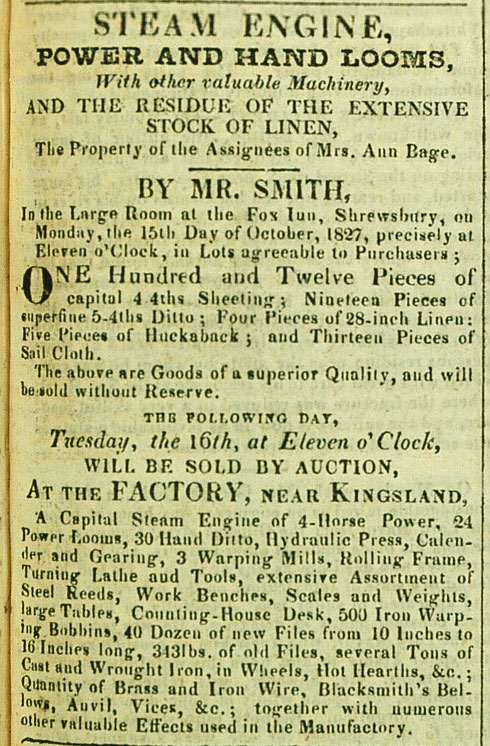Kingsland Mill
Image: Sales Particulars for the contents of Kingsland Linen Mill from a Shrewsbury newspaper advert 5 October 1827.
Image from: Shropshire Archives
After Bage left his partnership with the Benyons in 1815, he built a new smaller steam-powered factory to weave linen cloth at Kingsland in Shrewsbury. The mill was a single-storey structure and employed up to 70 workers. It was built of brick and may not have used the iron-framed construction which Bage applied at Ditherington and Castlefields. As it was a single storey building, an iron fire proof construction was not necessary to support upper floors. Bage tried to develop a power loom for weaving linen. He wrote to Strutt: “Being no longer a spinner, and having little else to do, I have been constructing a loom on a plan quite new, and am about to try it with four horse power. Linen has not been advantageously wove with by power looms, and having the weakness of other projectors, I flatter myself I shall succeed better.” He did not succeed in producing a viable power loom.
Following Bage’s death in 1822, the factory was run by his widow, Ann, but the business went bankrupt in 1827. A local advertisement listed the contents for sale in the mill which included a four horse-power steam engine, a variety of power and hand-operated looms. In 1829, Thomas Burr, a local entrepreneur, bought the building from Ann Bage. A London plumber by trade, he moved to Shrewsbury in 1813 and patented Burr’s Lead Squirting Press in 1820 which revolutionised the production of lead pipes. The Kingsland factory site was developed as a lead manufactory.
« Previous in this section
Continue browsing this section
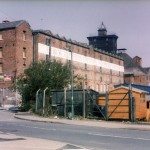 Charles Bage, the Flax Industry and Shrewsbury’s Iron-Framed Mills
Charles Bage, the Flax Industry and Shrewsbury’s Iron-Framed Mills
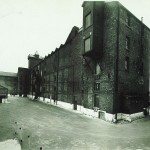 Shrewsbury’s Industrial Context
Shrewsbury’s Industrial Context
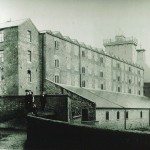 The Location of Ditherington Mill
The Location of Ditherington Mill
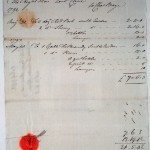 Bill for the supply of liquor from Charles Bage to Lord Clive 1792
Bill for the supply of liquor from Charles Bage to Lord Clive 1792
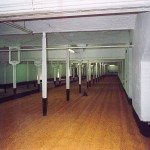 Charles Bage and Iron Construction
Charles Bage and Iron Construction
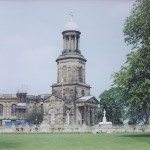 Charles Bage: Business and Local Affairs
Charles Bage: Business and Local Affairs
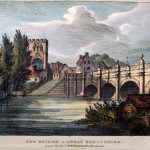 Thomas and Benjamin Benyon
Thomas and Benjamin Benyon
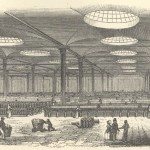 John Marshall
John Marshall
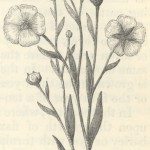 Growing and Preparing Flax
Growing and Preparing Flax
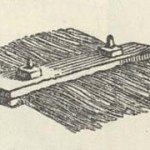 Processing and Spinning Flax
Processing and Spinning Flax
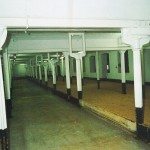 Ditherington Flax Mill
Ditherington Flax Mill
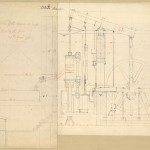 Ditherington Mill: Steam Power
Ditherington Mill: Steam Power
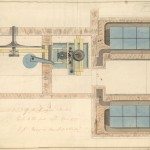 Ditherington Mill: Steam Power
Ditherington Mill: Steam Power
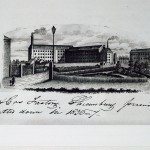 Castlefields Mill: Origins
Castlefields Mill: Origins
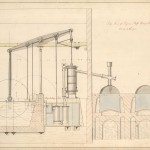 Castlefields Mill: Steam Power
Castlefields Mill: Steam Power
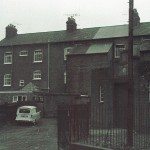 Castlefields Mill: the Flax Warehouse
Castlefields Mill: the Flax Warehouse
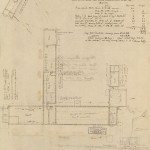 Castlefields Mill: Gas Lighting
Castlefields Mill: Gas Lighting
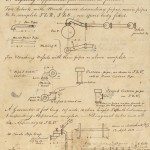 Castlefields Mill: Gas Lighting
Castlefields Mill: Gas Lighting
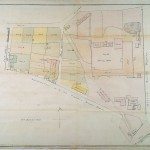 Castlefields Mill: Sale and Demolition
Castlefields Mill: Sale and Demolition
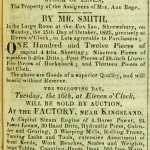 Kingsland Mill
Kingsland Mill



